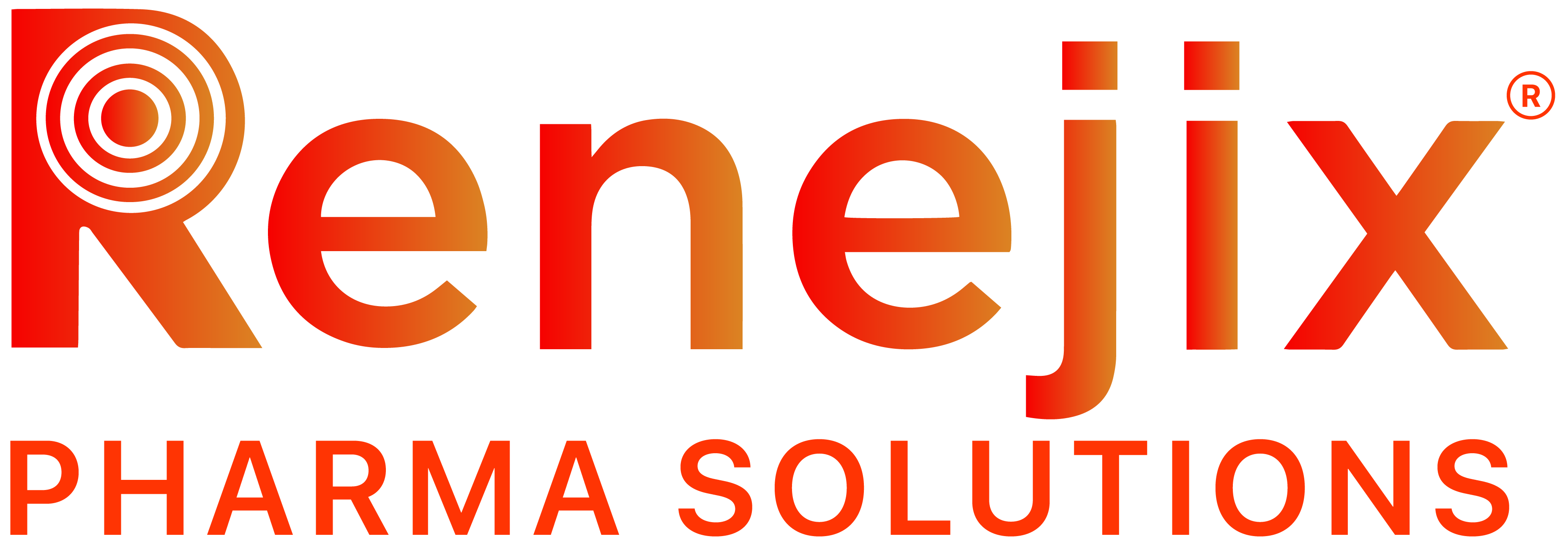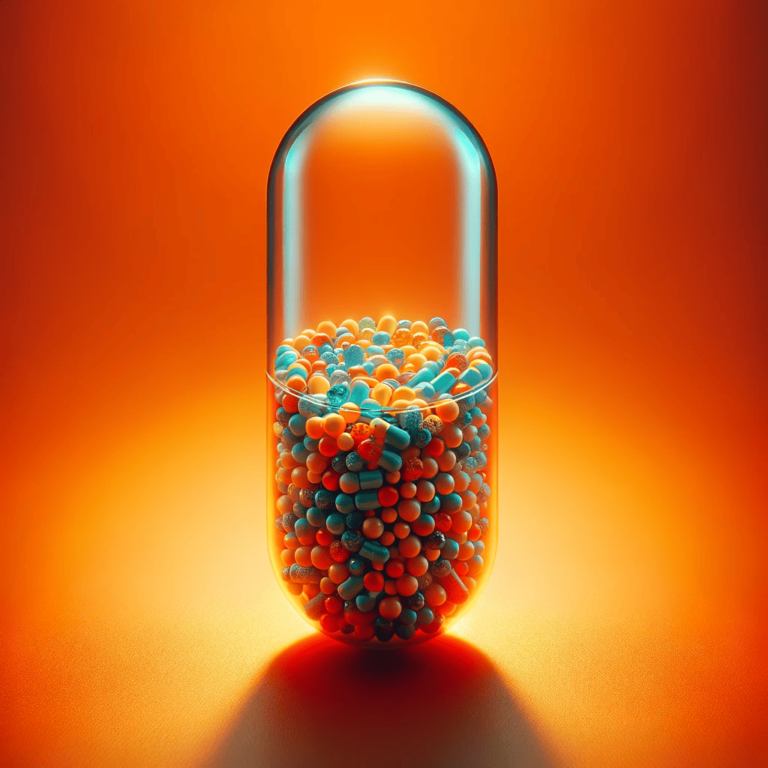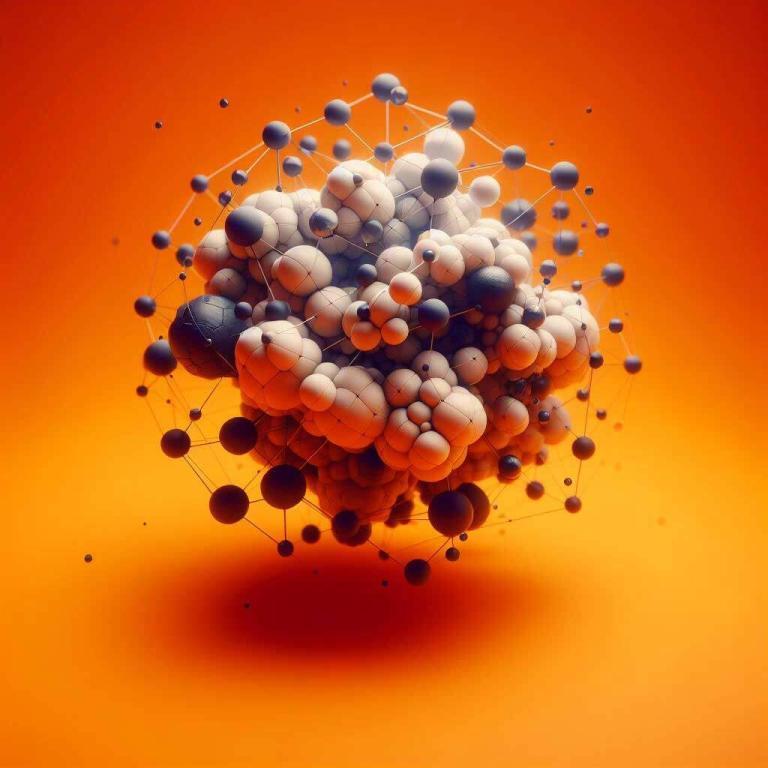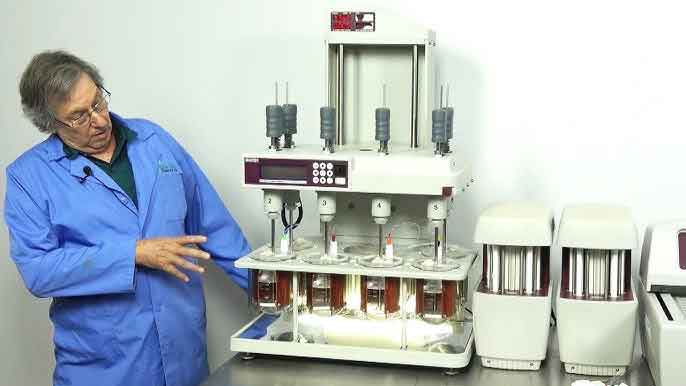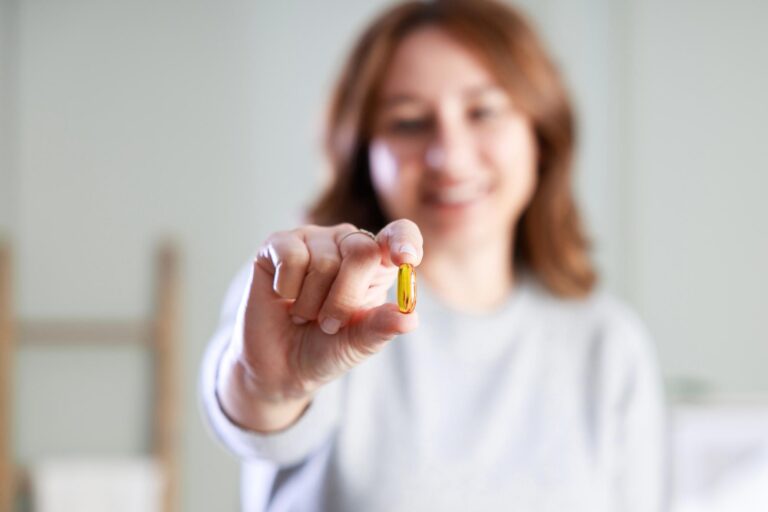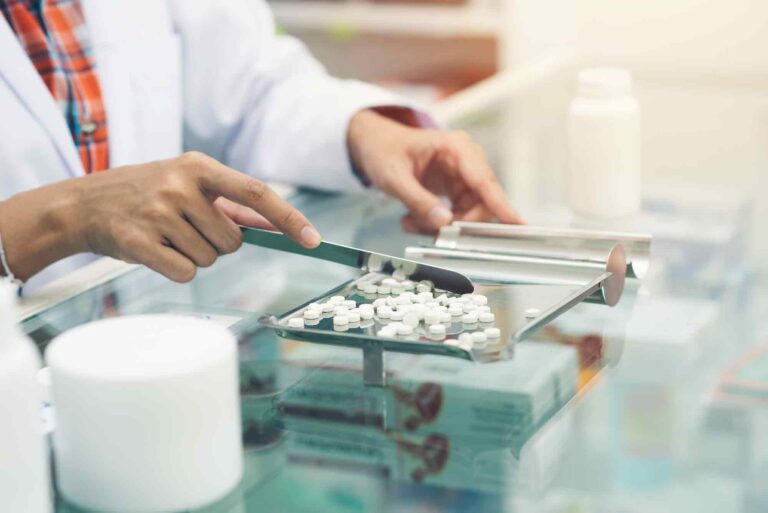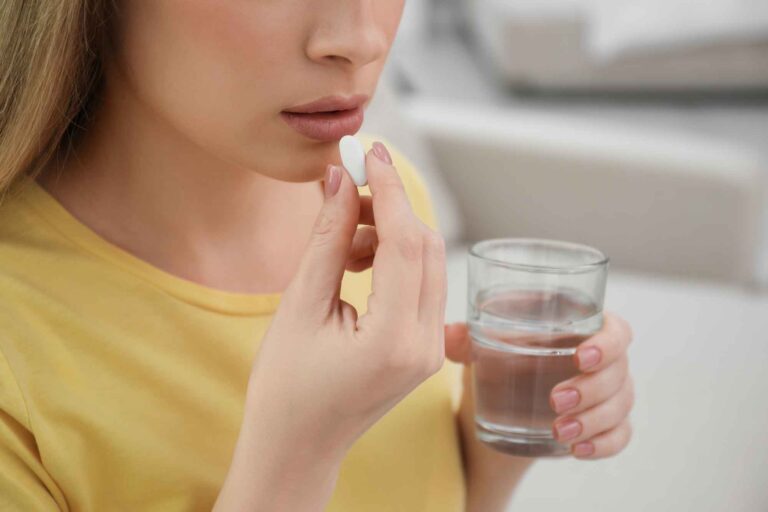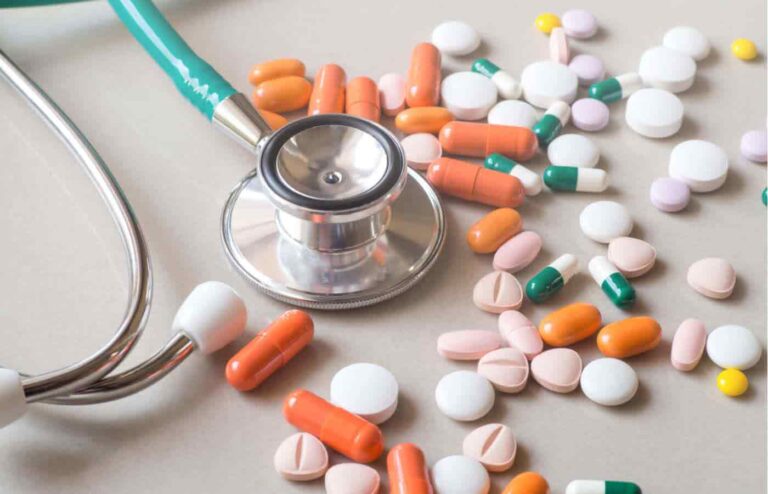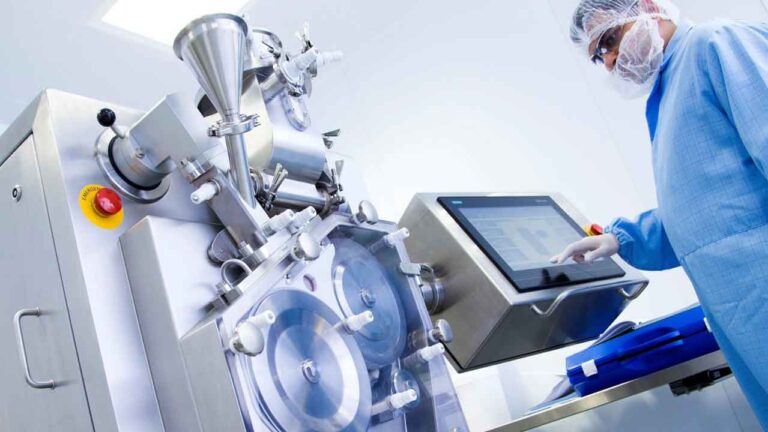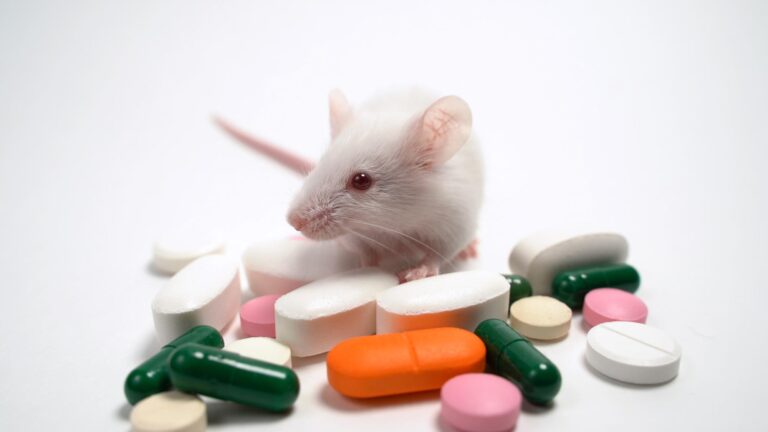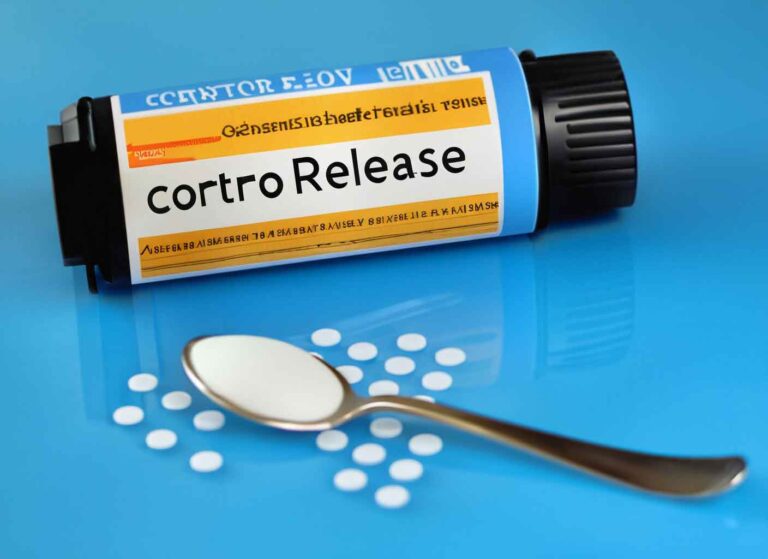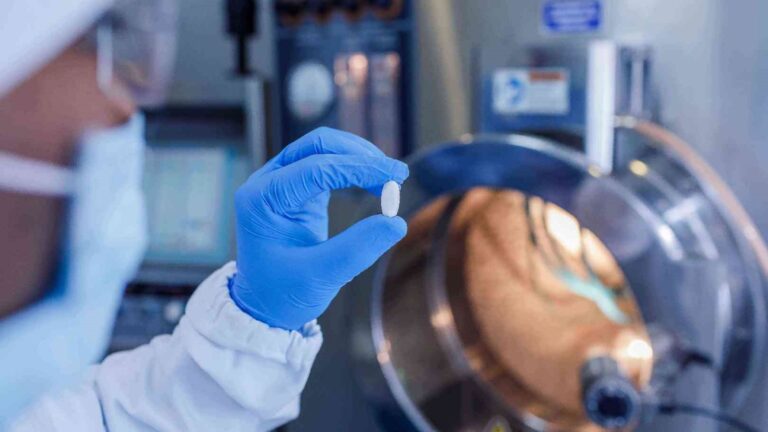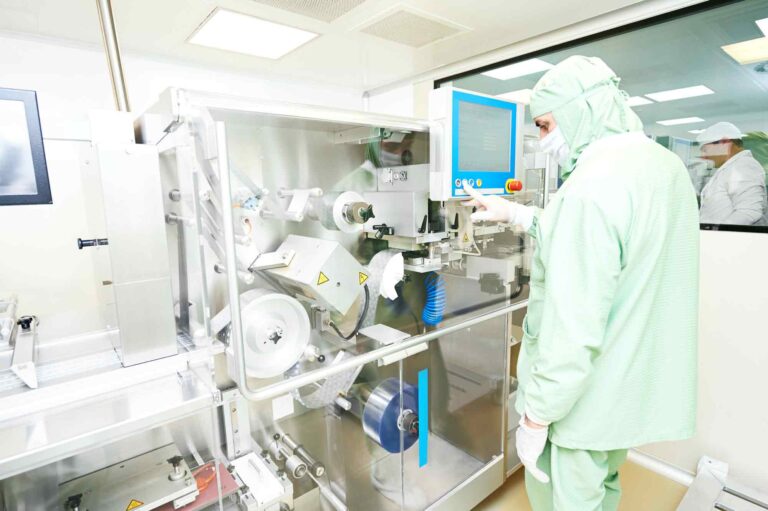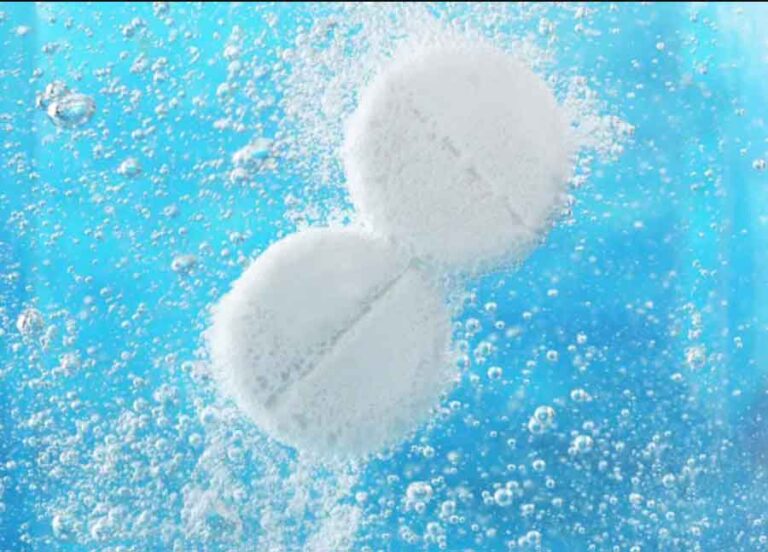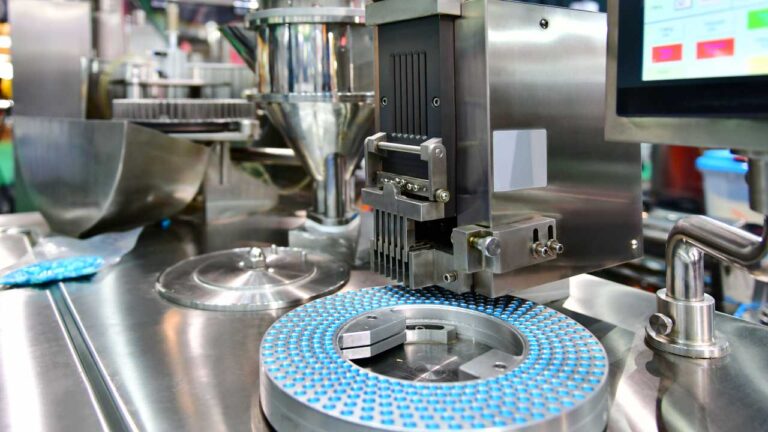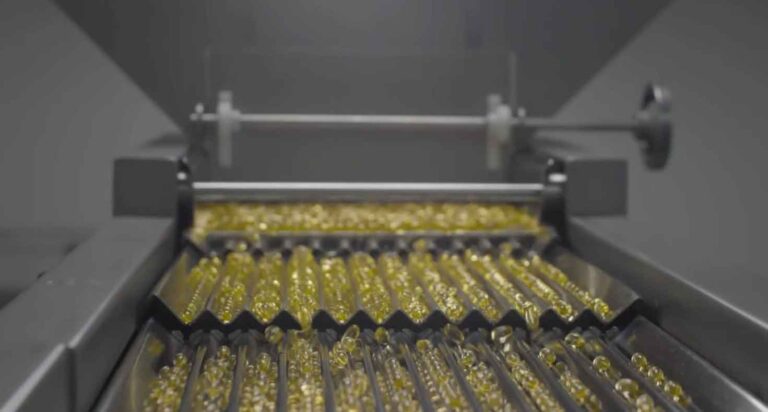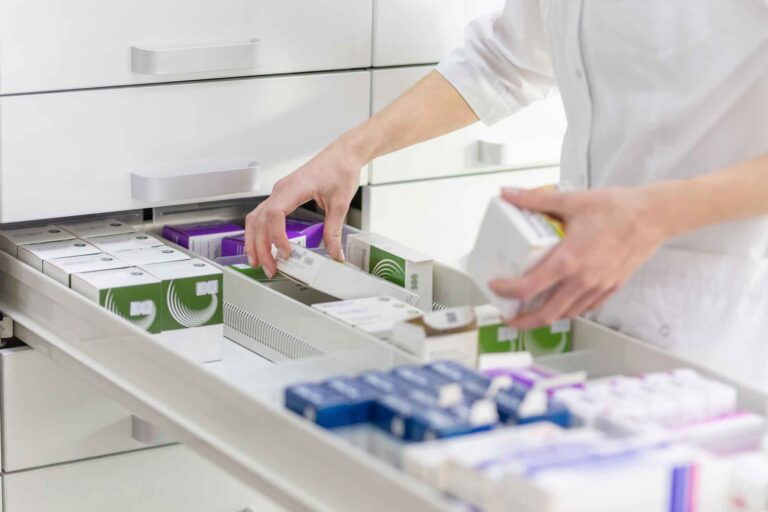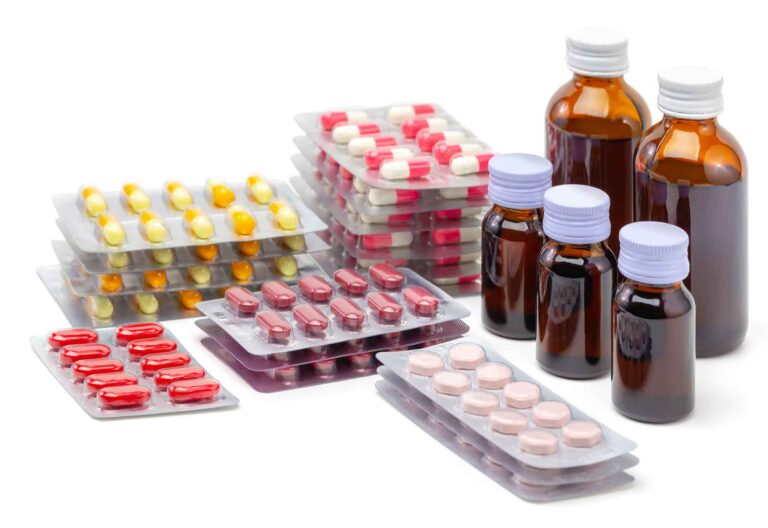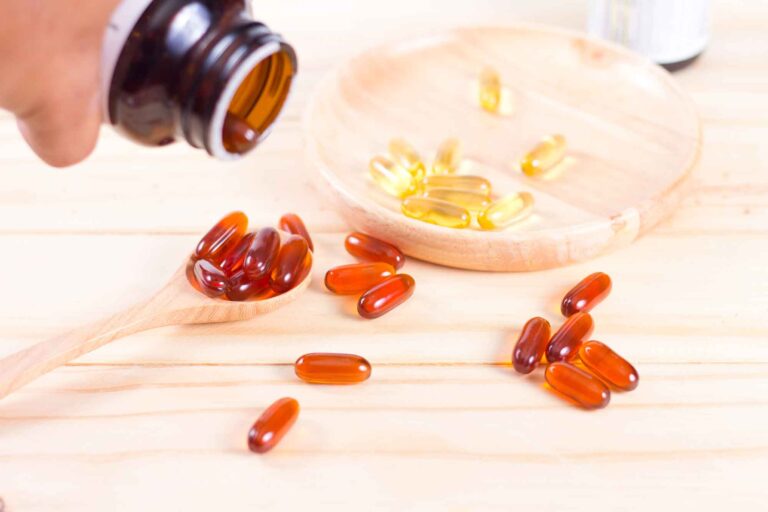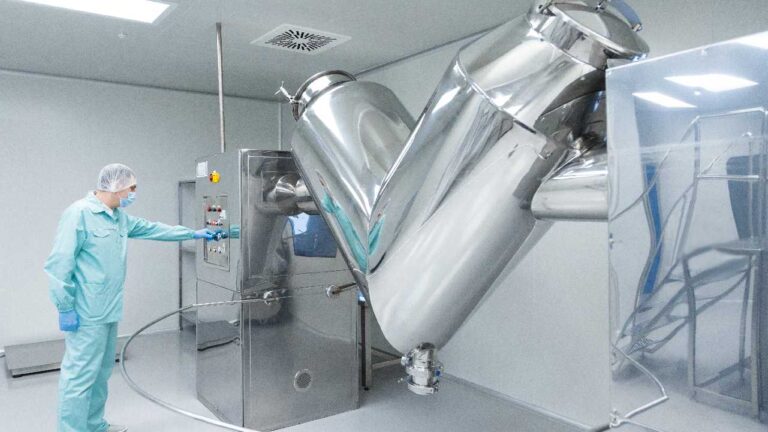The ODT (orally dissolving tablet) fast-dissolve formulation, is a unique oral solid dosage form that disperses almost instantly in the mouth – no water required. Our ODT fast dissolve team offers feasibility evaluations as well as support across the entire lifecycle of your product. Whether you are considering an ODT to enhance pharmacokinetics through pre-gastric absorption, looking for a way to improve patient compliance, or seeking a marketing advantage for a valued brand, fast dissolve can help enhance the value of your investment and accelerate your product’s potential.
- Same dissolution profile
- Greater taste masking capabilities
- Increased doses > 400mg
- Functional coating for controlled / sustained release applications
- High speed manufacturing
- Wider range of application
Ideal for consumer health (OTC), and to mask bitter or strong tasting API
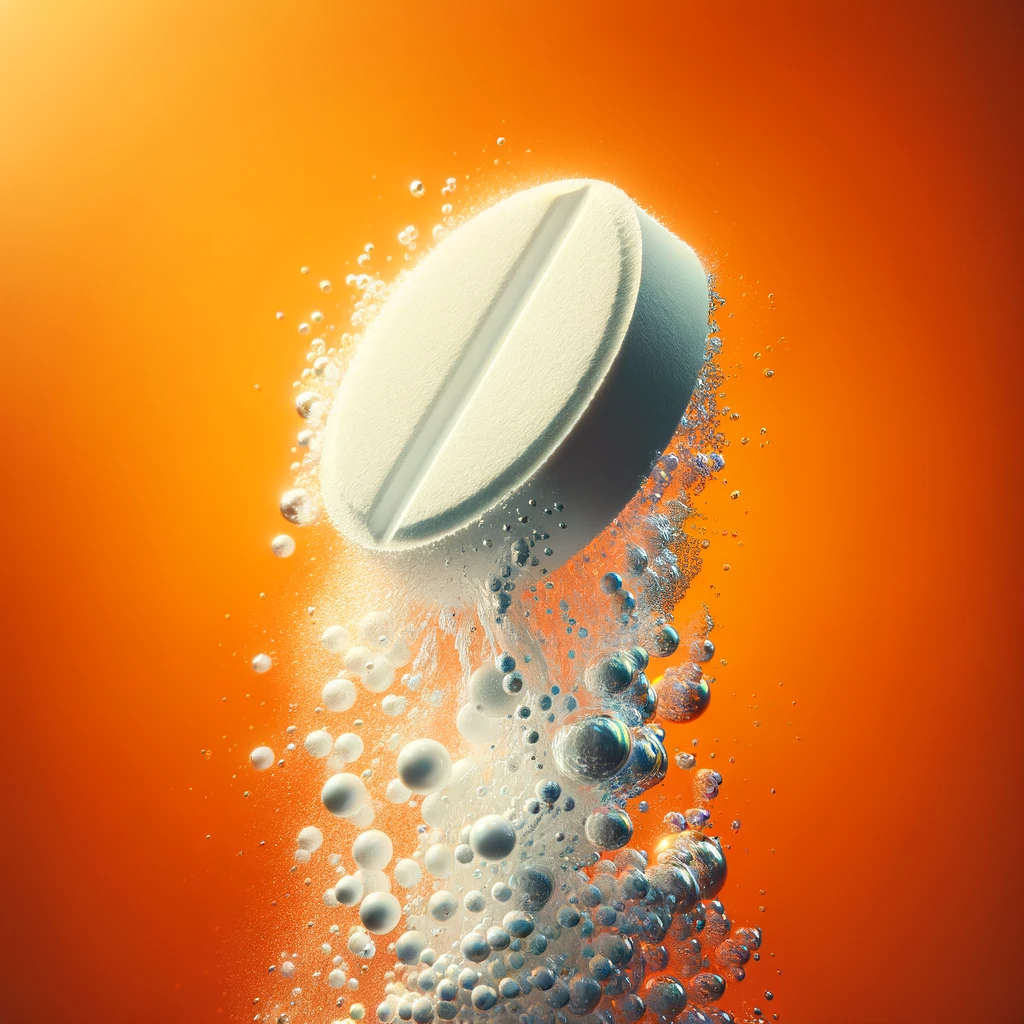
Patient Benefits
- Better pregastric absorption for certain drug compounds
- More efficient delivery
- Ideal for certain indications
- Protection from counterfeiting
A wider range of application:
- Dysphagia
- Pediatric and geriatric application
- Fast Onset
- Ease of use
A wide range of therapeutic areas:
- Anti-psychotic (Parkinson’s disease, schizophrenia)
- Anti-emetic (Travel sickness)
- Gastro (Diarrhea, Constipation)
- Allergy (Anti histamine, immunotherapy)
- Anxiolytic (Anti-depressants)
Mouthfeel and Palatability: The mouthfeel of ODTs is a critical factor in patient compliance. Our formulators can create pleasant oral sensation with flavors and sweeteners that mask the taste of APIs, making the medication more palatable, especially for pediatric and geriatric populations.
Valuable Product Differentiation
- High level of customer preference
- Enhanced market appeal
- Rapid onset of action
- Multiple colors and shapes
- Embossing with corporate logos and product codes
- Unique packaging, including child-resistant options
- Taste masking and flavors formulated for specific markets, including pediatrics and veterinary medicine
How It Works?
Sublingual and Buccal Absorption: ODTs can be formulated to dissolve under the tongue (sublingual) or in the cheek pouch (buccal), allowing for direct absorption into the bloodstream. This bypasses the first-pass metabolism in the liver, potentially increasing the efficacy of the medication.
Superdisintegrants: The use of superdisintegrants in ODT formulations has decreased their disintegration time. These substances, such as crospovidone, sodium starch glycolate, and croscarmellose sodium, absorb water rapidly, leading to swift tablet disintegration and dissolution.
Nanotechnology: Our formulators can assess if your drug product formulation will benefit from the use of nanoparticles to improve the solubility and bioavailability of poorly water-soluble drugs. Nanoparticles can also provide a controlled release profile for APIs, extending their therapeutic effect.
Capabilities
Through expert analysis and interpretation of data, our fast dissolve technology team will fully characterize your API and associated formulations throughout the development process to provide a robust data package in support of regulatory filings.
Feasibility programs & development teams
- Tailored to meet the known product requirements such as API unit dose
- Consideration of the relevant API characteristics identified during the technical evaluation of preformulation data
- A range of prototype formulations prepared under different processing conditions (bench-scale); analytical techniques applied as appropriate to determine the compatibility of a candidate API with the technology
- Short-term (4 week) accelerated physical stability studies typically undertaken before recommendations for a full development program are made
- Operational excellence and efficiency via Lean Six Sigma principles
- Full in-house analytical and regulatory services
- Full characterization of your API and associated formulations via expert analysis and interpretation of data throughout the development process to provide a robust data package in support of regulatory filings
- Smart full-lifecycle management from molecule to market – with Lean efficiency standards
- Expert handling and maximization of potent and controlled drugs
- Bench, pilot, and full-scale cGMP manufacturing
Manufacturing Method
At Renejix CDMO, we carefully select the most appropriate method based on the specific requirements of the API and the desired product characteristics. Our expertise in ODT manufacturing allows us to navigate the challenges associated with each method, ensuring the delivery of high-quality products that meet our clients’ needs.
Direct Compression:
- Advantages:
- Cost-efficient and well-established.
- Easily scalable, suitable for large-scale manufacturing.
- Allows for high drug dose management within tablets.
- Simplified process with fewer production steps.
- Challenges:
- Requires flowable and compressible excipients.
- Not suitable for drugs with very high or very low dose requirements.
- Can be limited by the physical characteristics of the API.
Molding:
- Advantages:
- Applies less compression force, beneficial for sensitive APIs.
- Produces ODTs with a porous structure for quick disintegration.
- Can be used to create multi-layered tablets for combination therapies.
- Challenges:
- Slower production rates compared to direct compression.
- May require specialized equipment for certain formulations.
- The physical stability of the final product can be a concern.
Sublimation:
- Advantages:
- Creates highly porous tablets that disintegrate rapidly in the mouth.
- Suitable for drugs that require a fast onset of action.
- Can improve the mechanical strength of ODTs without affecting disintegration time.
- Challenges:
- Involves additional sublimation step, which can increase production time.
- Requires careful selection of sublimable materials.
- Control of the sublimation process must be precise to ensure product consistency.
Analytical
We use the most advanced equipment for our fast dissolve preformulations and formulations. The resulting data is used to direct the selection of formulators and manufacturing process conditions.
Optical microscopy
Characterizes the API crystal form and identifies any changes during formulation and processing
Particle size analysis (laser diffraction)
Determines particle size ranges relevant to suspension stability for insoluble API
Dynamic Vapor Sorption
Characterizes moisture sorption properties and physical stability of formulation in humidity
Characterization of hydrates and polymorphs
X-ray powder diffraction (XRPD)
Characterizes solid-state phrase behavior
Characterization of moisture sorption properties and physical analytical chemistry (HPLC, UV, NIR, FTIR)
Chemical analysis of API in support of preformulation studies (e.g., solubility determinations, compatibility testing)
Facilities
Our New York facilities have ODT production capabilities.
- Central Islip, NY
- Happauge, NY
- Research and development
- Pilot line with controlled drug capabilities
- FDA and audited Controlled drug capabilities
All of our sites are subject to annual review so we can remain in highest compliance with FDA/cGMP
Related Services
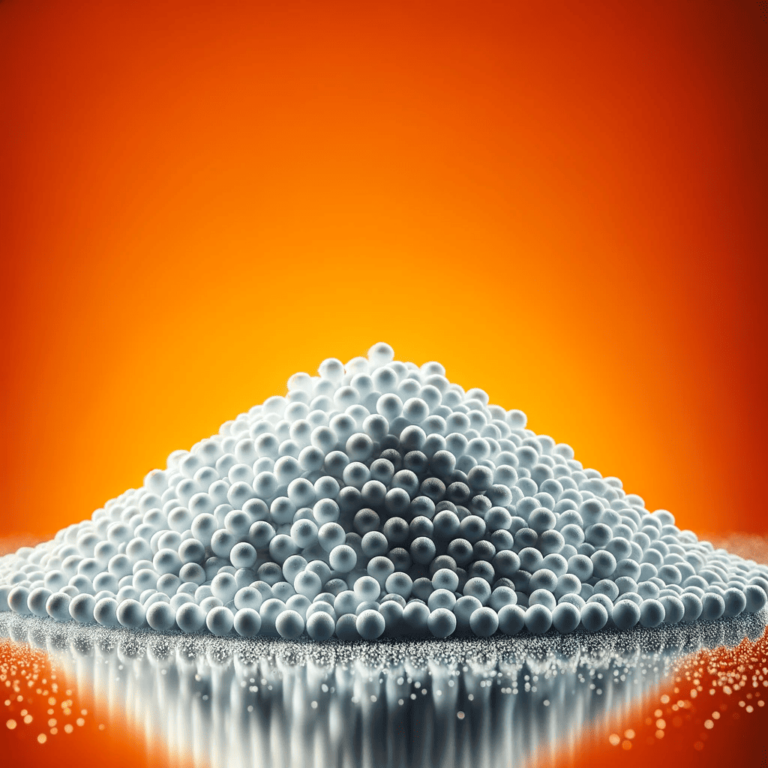

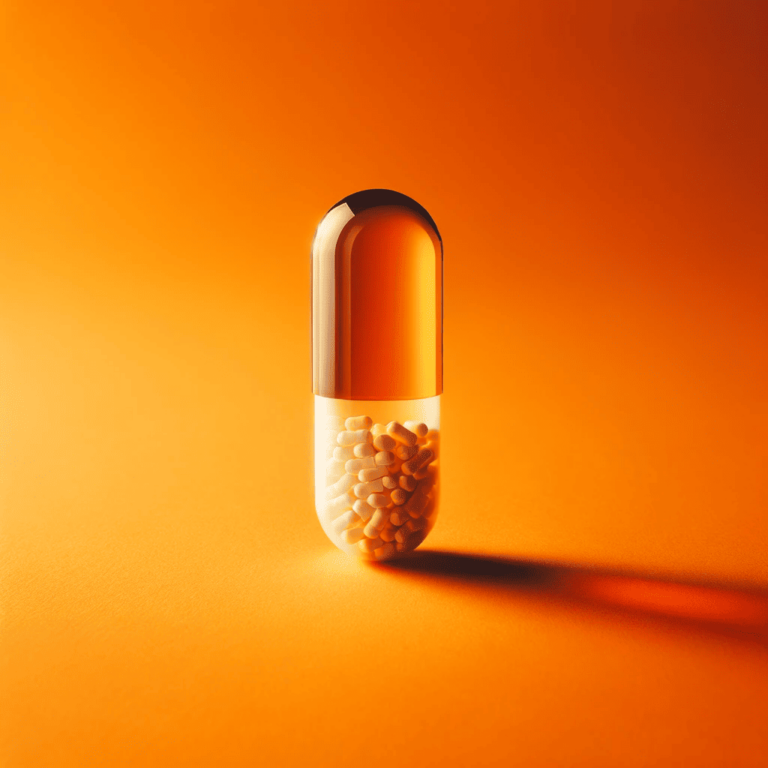

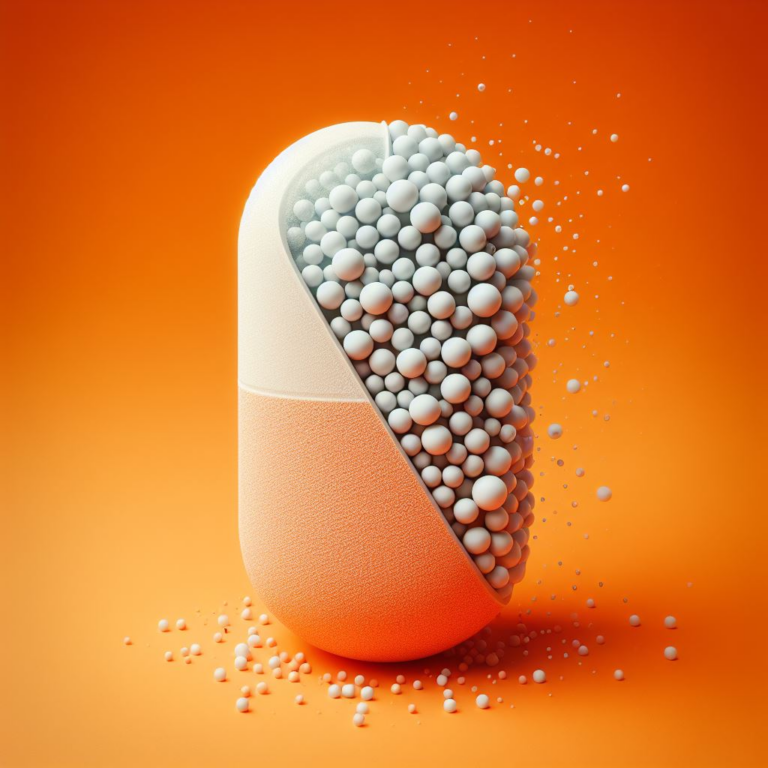
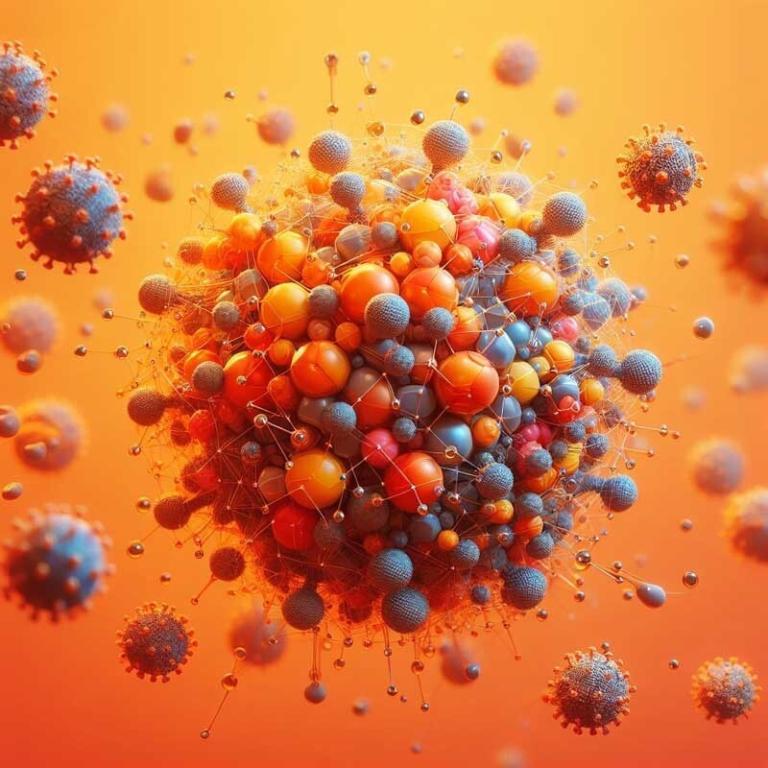
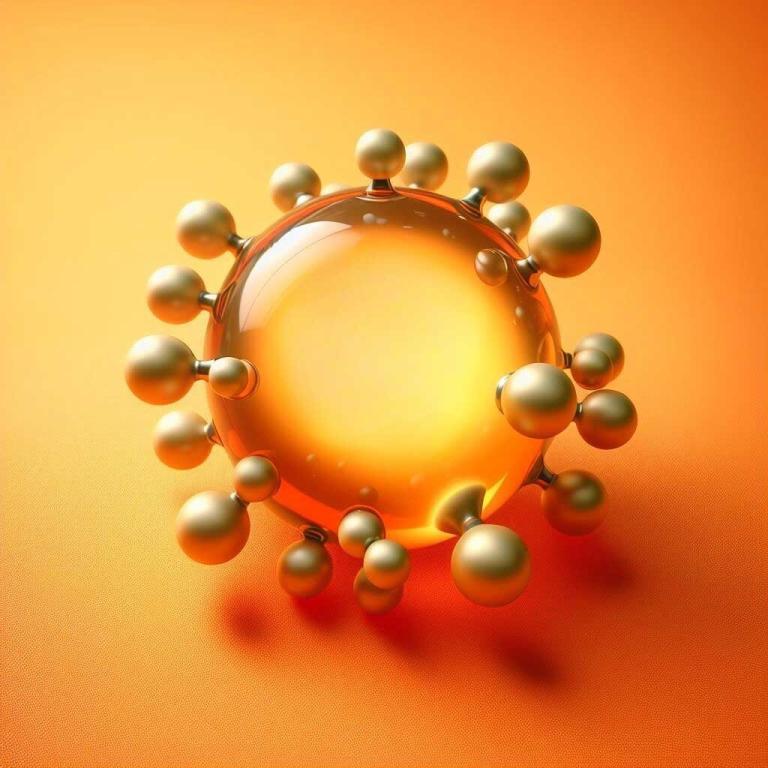
FAQs
Here are some frequently asked questions about Orally Disintegrating Tablets
Orally disintegrating tablets (ODTs) are a form of oral dosage that disintegrates or dissolves rapidly in the mouth without the need for water, typically within seconds or a few minutes of placement on the tongue. This innovative drug delivery system is designed to enhance patient compliance, especially among populations that find it difficult to swallow traditional tablets or capsules, such as pediatric, geriatric, and neurologically impaired patients. ODTs offer the convenience of easy administration and the potential for improved bioavailability of certain medications.
ODTs improve patient compliance through their ease of administration and fast disintegration in the oral cavity, eliminating the need for water and making it easier for patients who have difficulty swallowing (dysphagia) to take their medication. This is particularly beneficial for pediatric, geriatric, and bedridden patients. The quick onset of action provided by some ODT formulations can also be advantageous for conditions requiring rapid relief, further enhancing patient adherence to treatment regimens.
APIs suitable for ODT formulations typically have certain characteristics, such as appropriate dose size (generally low-dose APIs are preferred due to size constraints of the tablet), good stability in saliva, and a taste that can be effectively masked if unpleasant. APIs used in ODTs can range across various therapeutic categories, including analgesics, antihistamines, antipsychotics, and medications for gastrointestinal disorders. The selection of APIs also considers their bioavailability when administered orally and their ability to be absorbed directly into the systemic circulation from the oral mucosa.
Several technologies are used in the manufacturing of ODTs, including direct compression, freeze drying (lyophilization), molding, and sublimation. Direct compression is the most commonly used technique due to its cost-effectiveness and simplicity. Freeze drying and molding are employed to produce tablets with a highly porous structure that disintegrates rapidly. These methods can enhance the dissolution rate but may require more specialized equipment and can increase production costs.
Yes, ODT formulations can incorporate taste masking techniques to improve the palatability of APIs with undesirable tastes. This is achieved through various methods, including the use of flavoring agents, sweeteners, and the encapsulation of the API within a taste-masking coating. These strategies are essential for ensuring patient compliance, particularly in pediatric populations who are more sensitive to unpleasant tastes.
Renejix ensures the quality and consistency of ODT formulations through stringent quality control measures and adherence to Good Manufacturing Practices (GMP). This includes the selection of high-quality excipients, optimized formulation processes to achieve rapid disintegration without compromising tablet integrity, and thorough testing for disintegration time, uniformity of dosage, stability, and palatability. Advanced analytical techniques are employed to assess the quality of the final product, ensuring that it meets regulatory standards and specifications.
Regulatory considerations for ODTs involve demonstrating their safety, efficacy, and quality in line with guidelines provided by regulatory bodies such as the FDA and EMA. This includes detailed documentation of the manufacturing process, formulation development, stability studies, and bioequivalence studies if the ODT is a new formulation of an existing drug. Additionally, specific guidelines regarding labeling and patient information must be followed, given the unique administration route and patient populations targeted by ODTs.
While ODTs are suitable for a wide range of medications, there are limitations based on the physicochemical properties of the API, the required dose, and the intended use of the medication. High-dose APIs may not be feasible due to the size constraints of the tablet, and APIs that are highly moisture-sensitive may not be compatible with some ODT manufacturing processes. The selection of APIs for ODT formulations requires careful consideration of these factors to ensure the final product's effectiveness and patient acceptability.
ODTs are typically packaged in blister packs or other airtight, moisture-protective packaging to ensure stability and protect the tablets from humidity and other environmental factors that could affect their integrity and disintegration properties. The packaging materials used are carefully selected to provide adequate protection while maintaining patient convenience, and the packaging process is closely monitored to prevent any damage to the tablets.
Renejix can provide comprehensive support in the development of ODTs, from formulation development and optimization to scale-up, manufacturing, and regulatory submission. This includes the selection and sourcing of suitable excipients, taste masking, and the application of appropriate manufacturing technologies. Renejix can also offer analytical services to ensure the formulation meets all quality specifications, stability testing to determine shelf life, and regulatory expertise to facilitate the approval process. Collaboration with Renejix can significantly accelerate the development timeline and increase the likelihood of successful market entry for ODT products.
